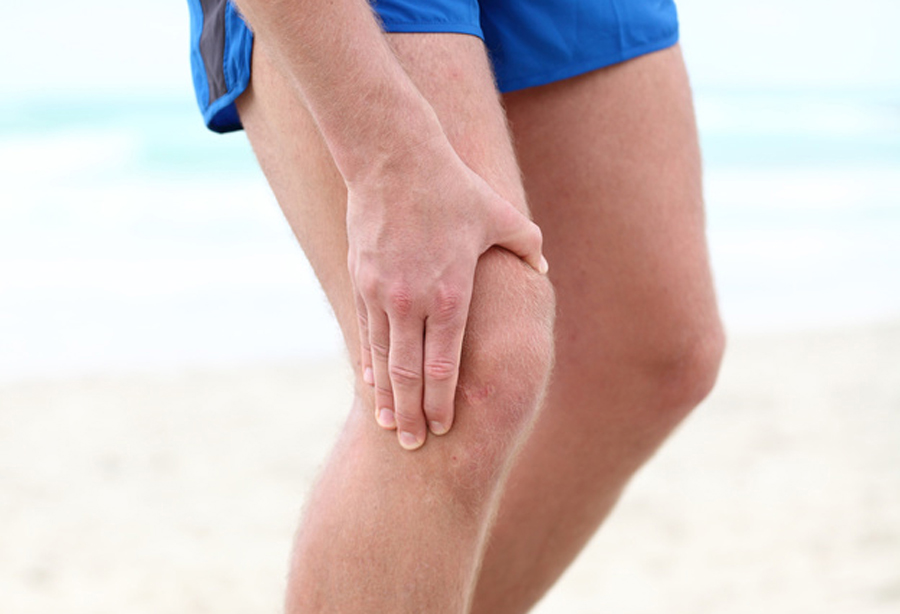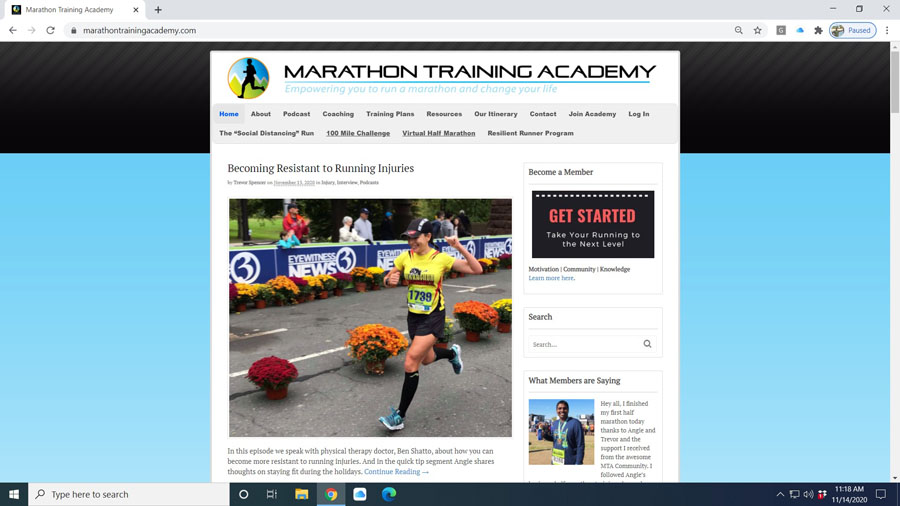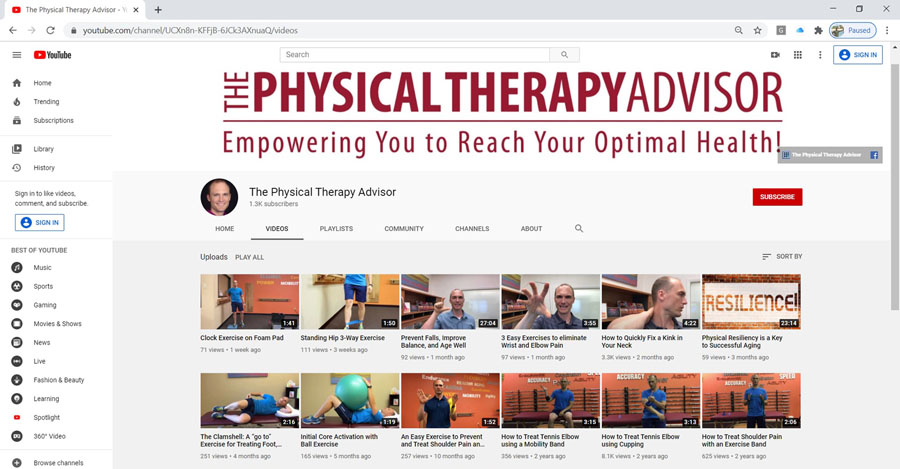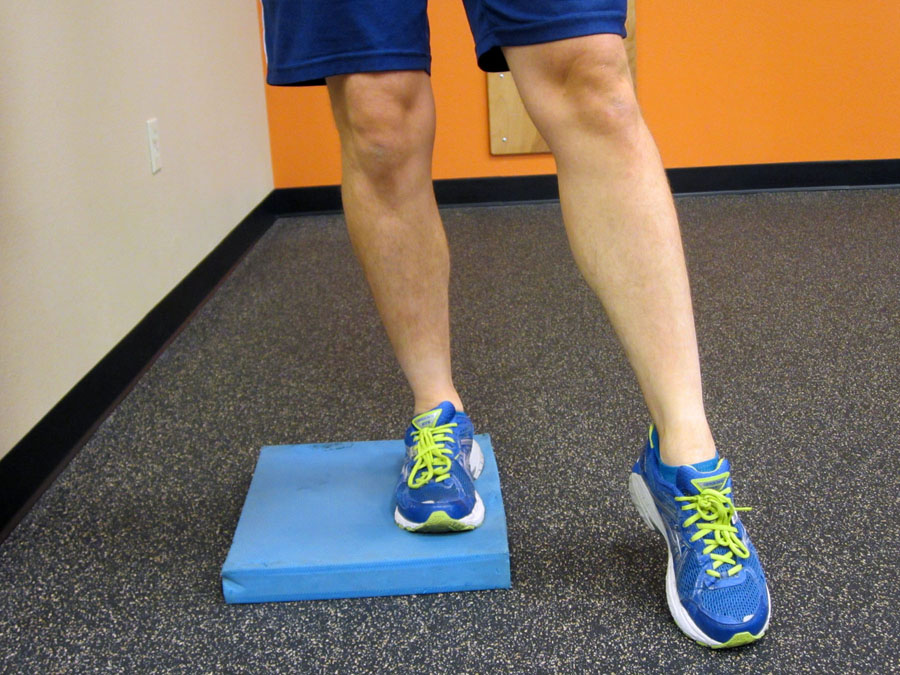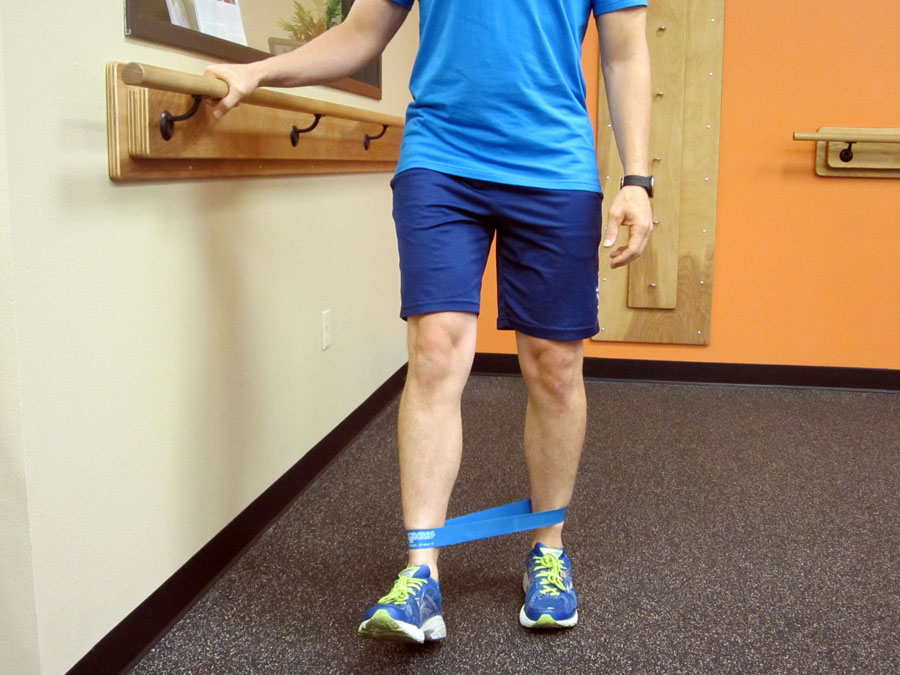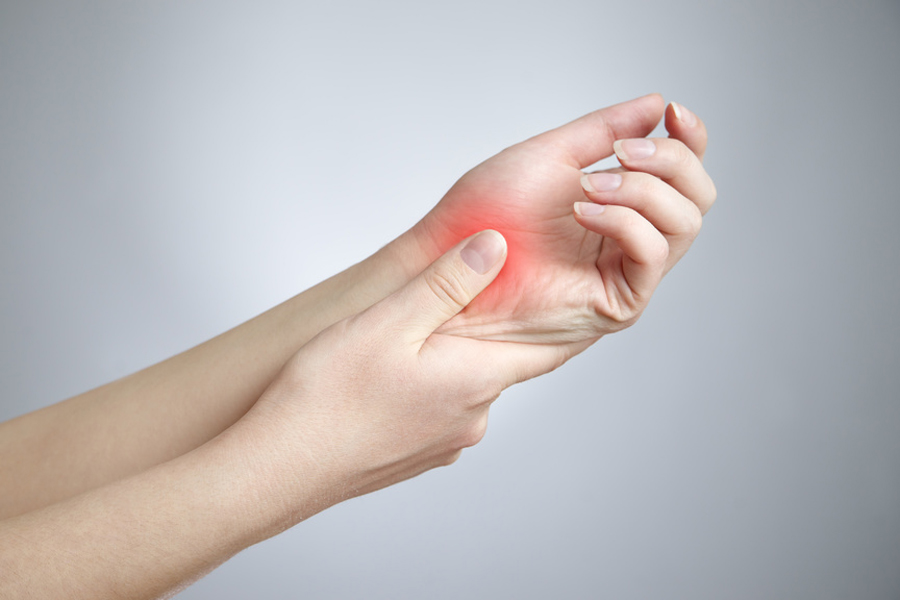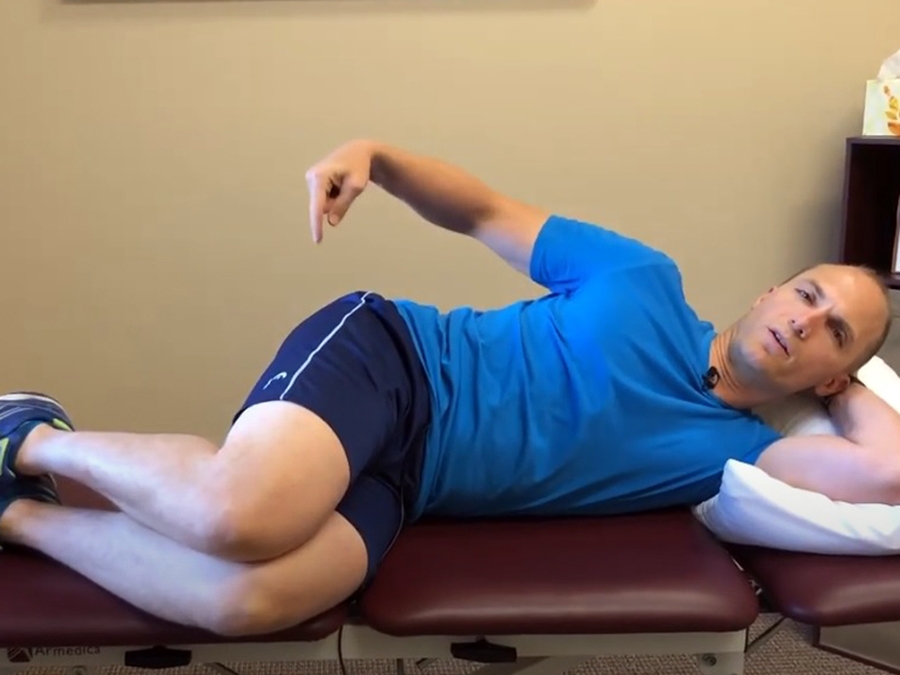Runners are accustomed to a certain amount discomfort. Training can be hard and uncomfortable at times which is exactly why it’s so rewarding and addicting. It can get a bit confusing when it comes to physical injuries and pain. Most runners have experienced that out of nowhere pain in a foot, knee or hip that had us wondering if we should really keep running. Then just as suddenly as it appeared, it faded away. How about the all too common sentiment: “It takes me 2-3 miles just to feel warmed up from all my aches and pains.”
- How do we know when it’s time to stop and discontinue our activity or just push through those nagging aches and pains?
- How do you know if the pain or discomfort you are feeling is something to be concerned about (a true warning sign of an injury) or just common transient stiffness and/or discomfort?
- Are there really different kinds of pain? How can we differentiate between them?
It can be difficult to answer these questions at times. It can be difficult to self-diagnose the aches and pains we all feel (particularly, for newer runners). Even more experienced runners may question when to push and when to rest. Injuries can be confusing, and it can be surprisingly difficult to tell if we’re really injured and even where the injury really is located.
Although sometimes a challenge, knowing why you’re in pain is actually the most valuable knowledge there is for treating the root cause of the problem. The most important thing to understand is that getting to the bottom of your pain is the key in relieving it….permanently.
For example, treating your knee may not help to eliminate the pain if it’s actually your hip or low back that is the real source of the pain. Just to make things even more confusing, your pain might not even point to an injury in the first place! Often, we may experience pain that is fleeting and that disappears on its own or is referred from an entirely different part of the body.
Understanding the difference between a one-off pain and a chronic debilitating type of pain is absolutely crucial. If you don’t pay attention to the pain and it really is pointing to an injury, then you might end up exacerbating the injury and/or injuring your body even worse. This can lead to an extended time away from training with a prolonged rehabilitation and recovery.
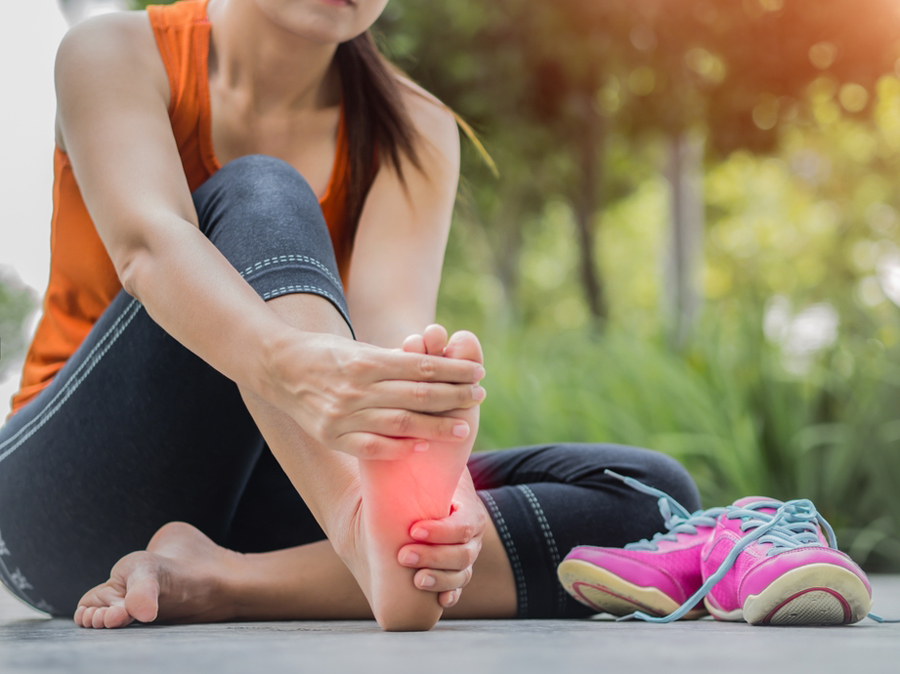
4 Steps to Identify if you need to engage in a Formal Rehabilitation Protocol or just Rest:
- When it comes to pain, listen to your body. Your body is sophisticated and complicated. Its ability to signal injury in the form of discomfort and pain cannot be underestimated. Pain is a potential warning signaling a problem. If we listen carefully enough, our bodies will inform us of our ailments. When it comes to knowing if we’re injured or not, we have to listen. Another way to look at it is as a trust, but verify approach. The pain should give you pause.
- Look out for any signs of injury: swelling; discoloration; temperature spikes; trouble walking; difficulty placing pressure on the painful area; and sensitivity to touch. These are all indicators that something is wrong and a more formal rehabilitation approach may be indicated.
- If you feel pain for long durations of time (hours to days versus minutes), something is most likely wrong. Don’t make the mistake of believing your pain will disappear on its own. Listen to your body and make a decision to address the pain. Don’t continue to ignore it.
- If you find that the pain is not improving on its own and you are experiencing other symptoms of injury (such as swelling, tenderness, and/or changes in movement patterns), then it’s time to figure out exactly what type of injury you’ve sustained. Is this an overuse injury that has slowly creeped up on you? Was pain caused by a specific episode such as a fall? Start by analyzing the types of activities you’ve performed. Think about when the pain occurs and what activities is the pain associated with. Be cognizant that most running related injuries are overuse in nature. This means that there is likely an exacerbating mechanical cause. The actual painful structure may or may not be the associated with the root cause of the injury. Often, overuse injuries are due to a muscle or strength imbalance somewhere else in the kinetic chain which can lead to pain and injury in different areas. This can also be true when poor running mechanics lead to pain or dysfunction.
Understanding injuries and pain can be tricky. It may seem impossible to identify either the cause of the pain or its location, but one thing is certain: it cannot be ignored! Listen to your body and make a decision to get the help you need. Take action. Analyze your activities, stop doing those that you think may be detrimental, and seek professional help if you need it. (If you are unable to determine the reason for the injury, please seek a professional physical therapist in order to establish the exact cause and potential treatment needed.)
Given the complexities of the human body, it can be difficult to determine the root cause of the injury. However, most overuse injuries have very common patterns of dysfunction. Treating according to well documented patterns is often all one needs to recover and get back to running pain free and safely. Formal medical intervention is not always needed or feasible.
Angie Spencer (RN and Certified Running Coach), Trevor Spencer (co-host of the Marathon Training Academy Podcast), and I created the Resilient Runner Program to help you manage and self-treat many of the most common running related injuries and painful areas. This program uses common patterns of dysfunction as a guide to help you self-treat most running related issues.
More specific strategies to help you determine the cause of your injury along with more thorough treatment and prevention strategies for those suffering from overuse injuries are covered in the program, which is designed to help YOU meet YOUR training goals by insuring you have the tools to avoid injury, recover quickly, and train at a peak level.
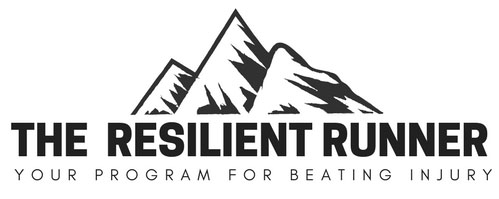
What’s Inside the Resilient Runner Program:
- Guidance on preventing and self-treating common running related injuries, including Hip Flexor Pain, Runner’s Knee, IT Band Syndrome, Piriformis Syndrome, and more!
- Specific guidelines on when and how to return to running after experiencing an injury.
- Rehabilitation guides with step-by-step photos demonstrating recommended exercises.
- Step-by-step instructions on how to apply Kinesiological tape.
- Downloadable podcasts, videos, and more!
If you’re tired of ongoing aches, pains, and injuries, learn how to become a resilient runner so that you can continue to train and compete in order to meet your goals!


